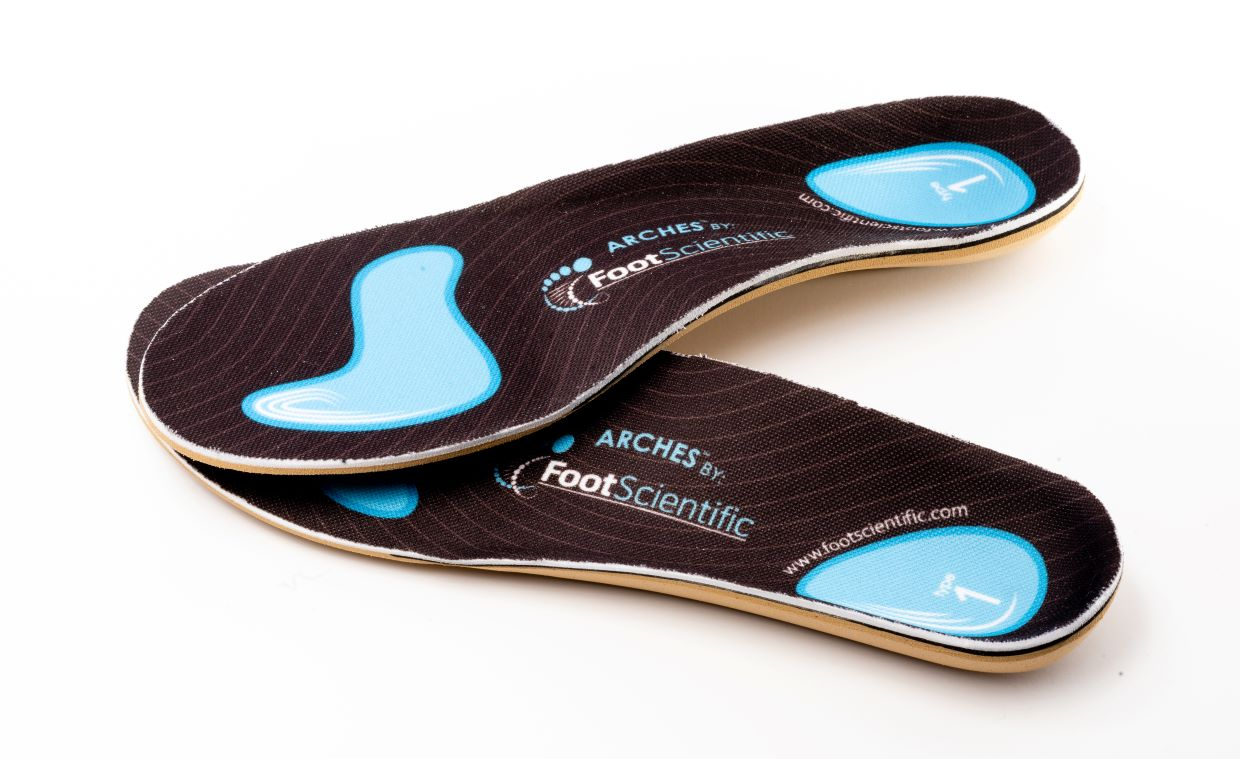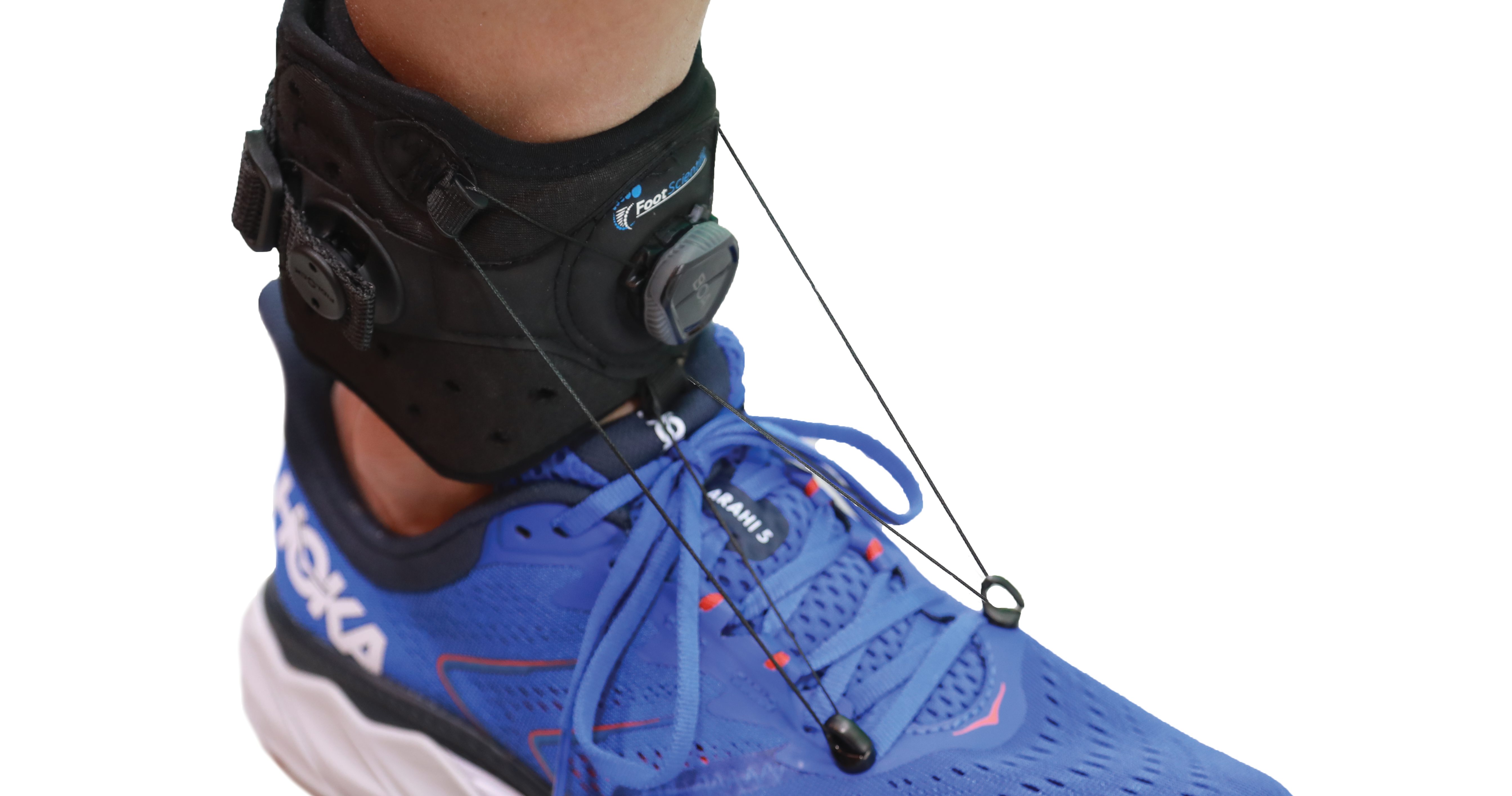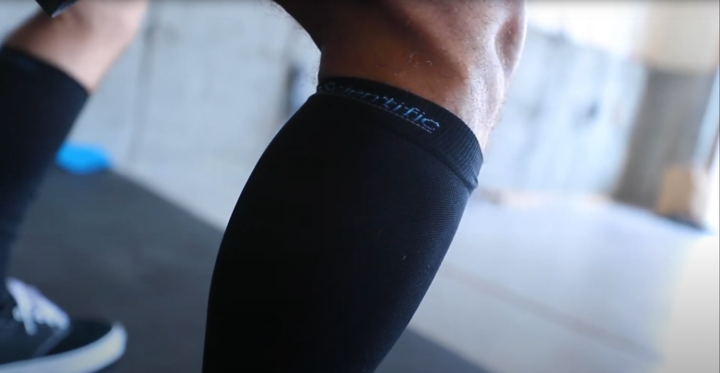Ankle Sprain
Ankle Sprain
An ankle sprain is when you have stretched, or possibly torn, the ligaments in your ankle. Moderate to severe ankle swelling and a very limited range of motion are the most common physical signs of an ankle sprain.
What causes an Ankle Sprain?
Ankle sprains occur when you make a rapid shift in movement with your foot being planted. The ankle can roll outwards, or twist, causing the ligaments to stretch too far and tear.
How do I know if I have an Ankle Sprain?
What are the symptoms of an Ankle Sprain?
It is common to feel pain at the site of the injured ligament right away. Usually, the more pain associated with the sprain, the more serious of an injury it is.
Mild Sprain:
With a mild sprain you are likely to experience tenderness, swelling, and stiffness.
Serious Sprain:
A serious sprain may also involve symptoms such as bruising and pain when walking. It is also possible that walking may be difficult with a severe sprain.
Severe Sprain:
You may hear or feel a tear, pop, or snap. You may not be able to put weight on the foot or walk.
How is an Ankle Sprain diagnosed?
A physical examination of the foot, ankle, lower leg, and knee, coupled with x-rays will be used to diagnose an ankle sprain.
What can I do from home for an Ankle Sprain?
What can I do to prevent an Ankle Sprain?
You can protect yourself from Ankle Sprains with a few easy steps:
- Warm up your muscles and ligaments by stretching before taking part in physical activities
- Wear shoes that fit and give support to your ankles
- Wait until a previous Ankle Sprain is completely healed before taking part in any kind of physical activity. This reduces your chances of re-injuring your ankle
- Wear a protective ankle brace in future physical activities
- Pay attention to where you're walking, especially if there's uneven ground
What treatments can I do from home for an Ankle Sprain?
Make sure you do the RICE treatment for Ankle Sprains which is:
- Rest-Avoid putting weight on your foot until the ankle sprain is healed. This may mean staying in bed or on the couch or using crutches to get around.
- Ice - Put ice on your ankle as soon as possible. Ice will help to prevent swelling and promotes faster healing time. Avoid putting the ice in direct contact with your skin. Ice your ankle for 15-20 minutes three times a day for a couple of days.
- Compress - Wrapping an ankle sprain with a bandage or using an ankle brace gives your ankle stability and protects it from further injury. This is especially important for Grade 2 and 3 ankle sprains as it will immobilize your ankle and protect it. Make sure that you wrap the bandage tight enough to provide stability, but loose enough to still allow a blood supply to your foot.
- Elevate - Make sure you keep your leg elevated as this will also help to minimize swelling. It�s best if you can elevate your foot to the level of your heart. It often helps to place a few pillows under your ankle-helps to alleviate the pain during the night while you�re sleeping.
- Anti-Inflammatory medications help reduce swelling and pain
- Wear a protective brace when you start taking part in sports again
When should I see a doctor for an Ankle Sprain?
You should go and see a doctor for an Ankle Sprain if you:
- Felt a snap or heard a pop during the injury
- See no improvement after one week
- See severe swelling and bruising around your ankle
- Can't walk or put any pressure on your foot
- Feel pain above the ankle
Treatments your doctor may recommend for an Ankle Sprain
Treatments for an ankle sprain depend on the severity of the sprain:
Non-Surgical:
- Rest. Stay off your ankle as this will help to promote faster healing time.
- Avoid taking part in physical activity until your Ankle Sprain is completely healed. This helps prevent a re-injury to your ankle.
- Physical therapy
Surgical:
Rarely does an ankle sprain require surgery, but if yours does then surgical options include:
- Arthroscopy: The surgeon makes a small incision to your foot and inserts a camera to take a look inside your ankle joint to see the extent of the damage.
- Reconstruction surgery: The surgeon repairs your ankle ligaments by stitching them back together and tightening them.




